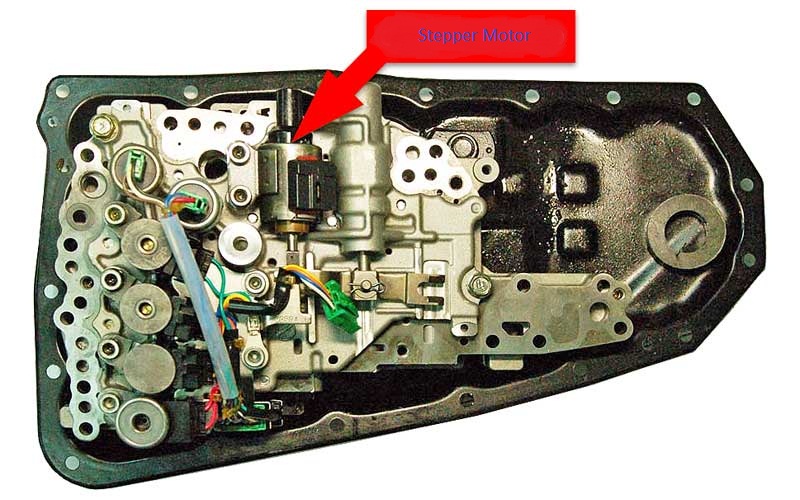Stepper Motor in CVT. Functions and Typical Problems
Continuously variable transmissions (CVT) made a true revolution in the world of automotive industry. With the course of time, transmission engineers came up with a wide range of unusual design solutions for CVTs. However, CVTs weren’t used widely due to lack of synchronization between the driving shaft and other internal parts. This issue led to cutting of gearing teeth, lack of alignments, and complete wedging. This major problem was solved with the help of the stepper motor specially designed for CVTs.
Stepper motor
functions
As it has been mentioned above, the
stepper motor is intended for synchronization of gear ratio of the pair of
cone-shaped pulleys by increasing or decreasing the distance between them. A
standard stepper motor is an
asynchronous electric motor (induction motor) without any brushes.
The
peculiarity of this motor lies in the fact that the complete shaft revolution
can be divided into particular number of specified equal steps.

Stepper motor in CVT JF011E
The stepper motor operates jointly
with the valve, controlling the gear ratio. This valve ensures 3 basic states: filling
in, backup, and release. The hydraulic fluid pressure determines positions of
pulley cones in CVT. In response to driver’s actions, the electronic control
unit (ECU) sends a signal forcing the stepper motor to move and changes
position of the control valve. Driven pulleys move due to the effort created by
the belt (or chain), while driving pulleys are moved by the stepper motor.
Informative video about CVT Stepper Motor
The gear ratio can be reduced due to the fact that the valve goes into pressure release mode for only half of the stepper motor revolution. In this case, sides of the pulley come apart and the whole system switches to transmission mode with the highest torque (gear ratio reduction). In the process of driving these cycles repeat constantly up until the unit failure.
Typical problems
The most typical problem, occurring
in the stepper motor, is the winding
damage. Usually transmission specialists recommend replacing this element
together with oil change and replacement of all filter elements. In many cases,
repair specialists have to deal with the broken pawl of the stepper motor. This
pawl controls the position of pulleys via the load valve. When it gets out of
order, the gearbox will get stuck on one gear. The stepper motor repair should
be performed only by professionals, therefore it’s better to visit the nearest
workshop when having any problems with the stepper motor.








